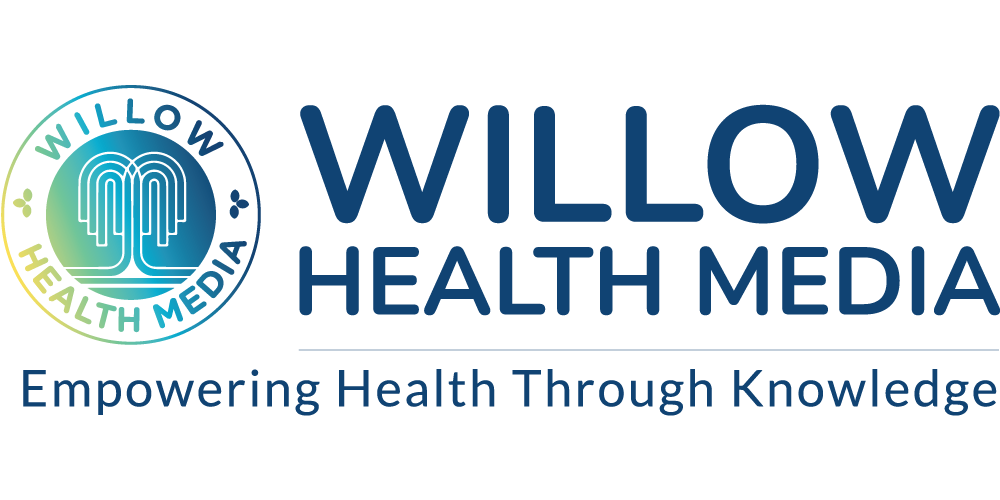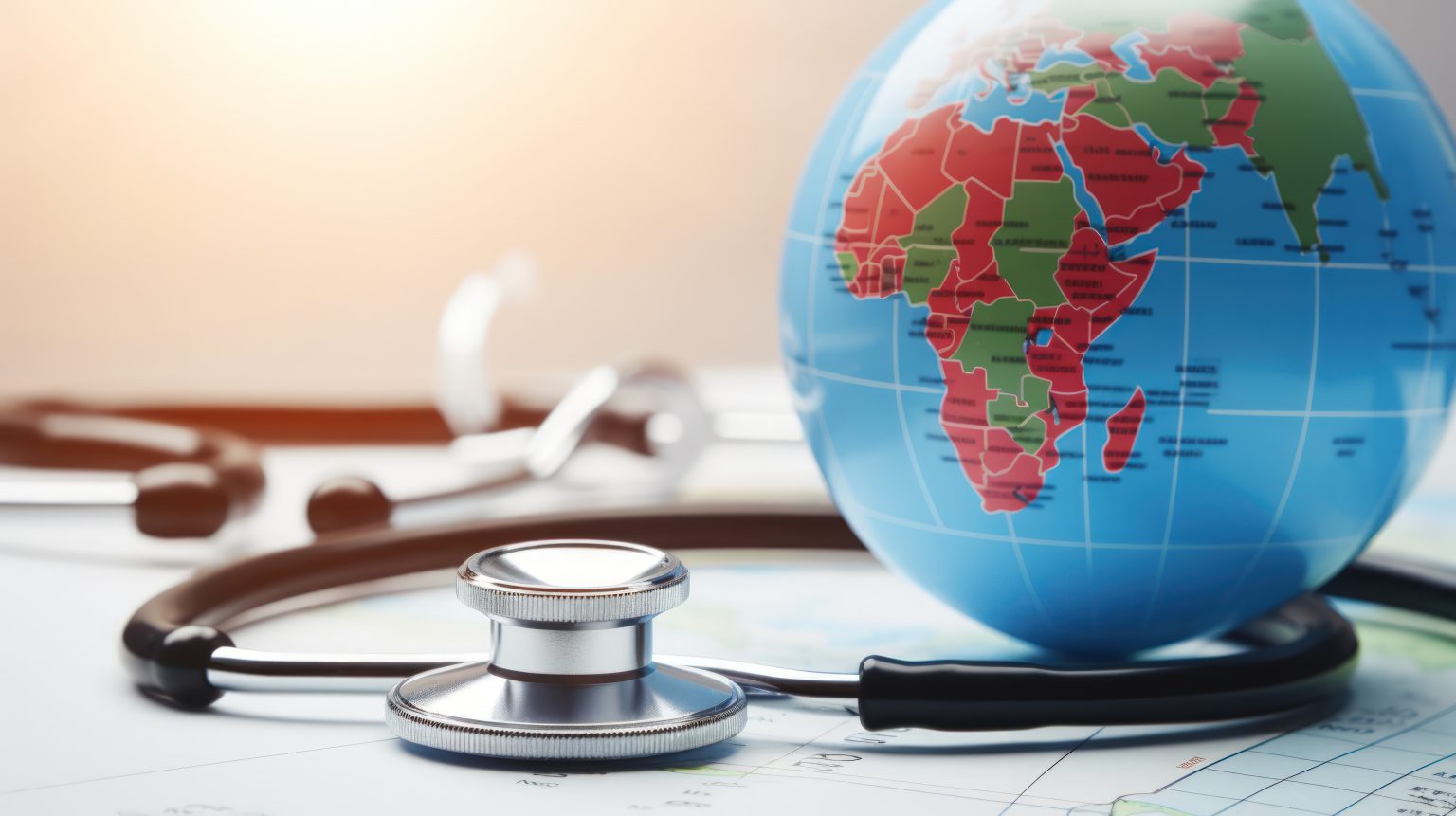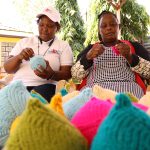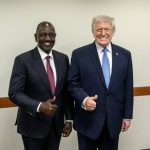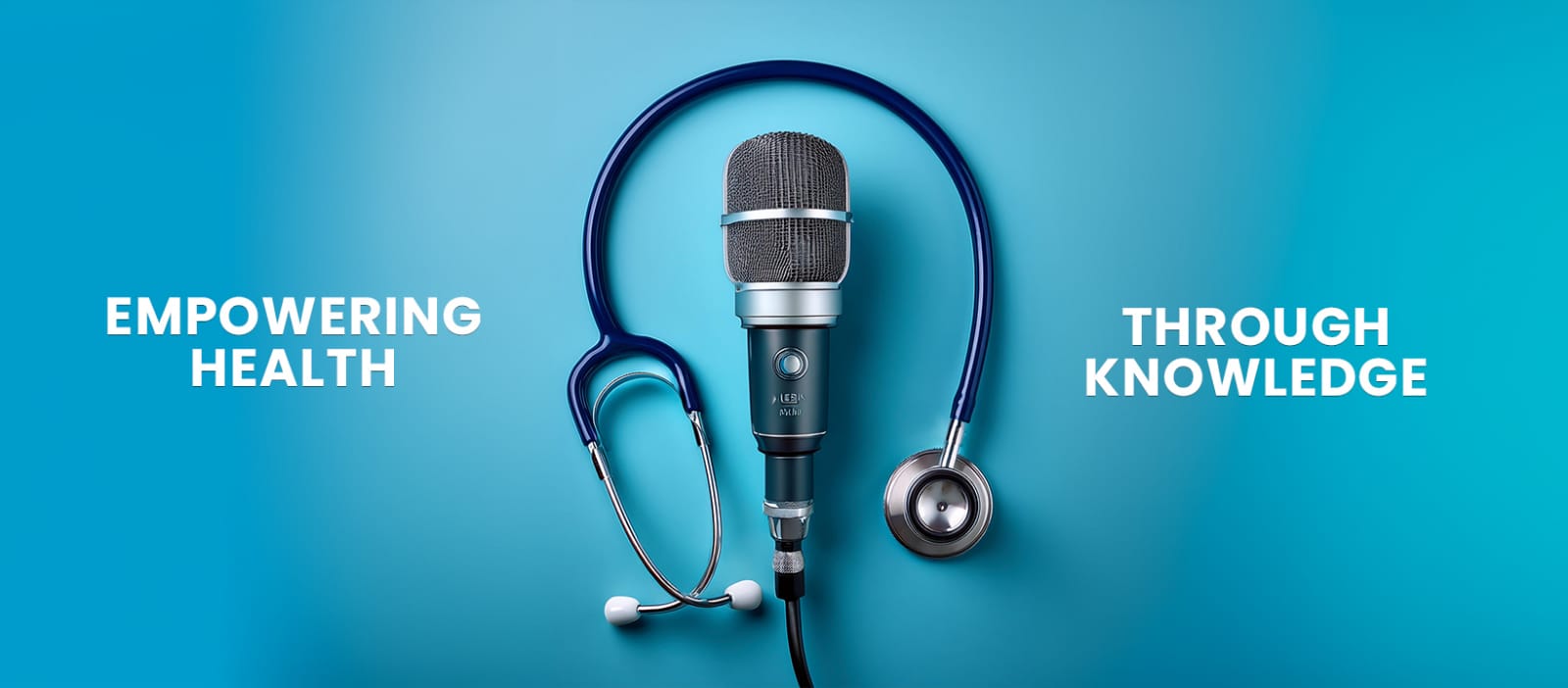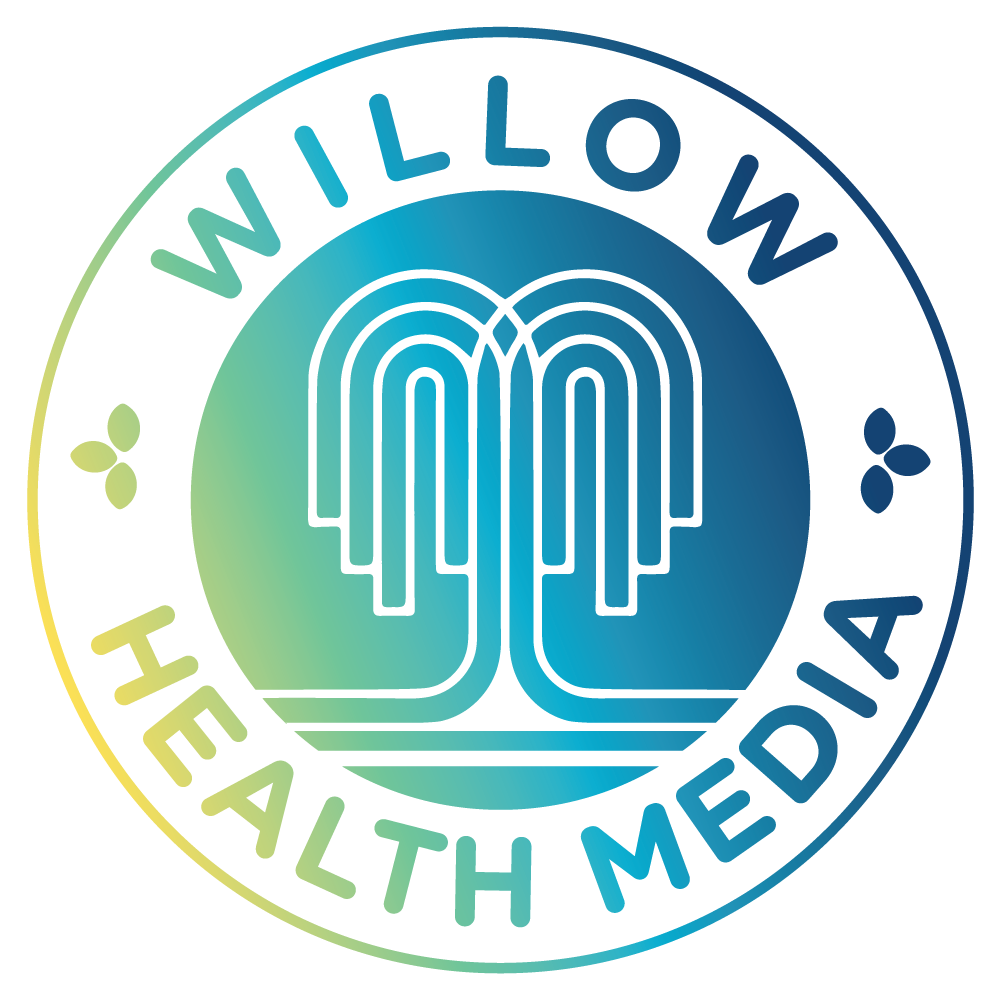Ironically, while African healthcare systems are like rickety bicycles wobbling down a dirt road, the continent’s billionaires are zooming past in gold-plated fuel-guzzlers…
The World Health Organization (WHO) unveiled its Global Health Expenditure Report in 2023, shedding light on a jaw-dropping truth: the world pours $9.8 trillion into healthcare every year. This massive sum includes government budgets, private funding, and other health-related costs from every corner of the globe.
But when you dig deeper, the story takes a darker turn—the distribution of this wealth is wildly uneven, exposing glaring gaps in who gets the care they need.
Of the $9.8 trillion, high-income countries alone account for 80%, a massive $7.84 trillion, while low- and lower-middle-income countries receive just 3.8% ($145 billion). This means that while Africa shoulders a significant global disease burden, its health systems remain woefully underfunded.
Speaking at the Africa Health Agenda International Conference (AHAIC) 2025 panel discussion, Malick Antoine, Principal Investment Officer at the International Finance Corporation (IFC), shed light on why Asia receives more Official Development Assistance (ODA) than Africa.
A key challenge in Africa is the lack of investable projects
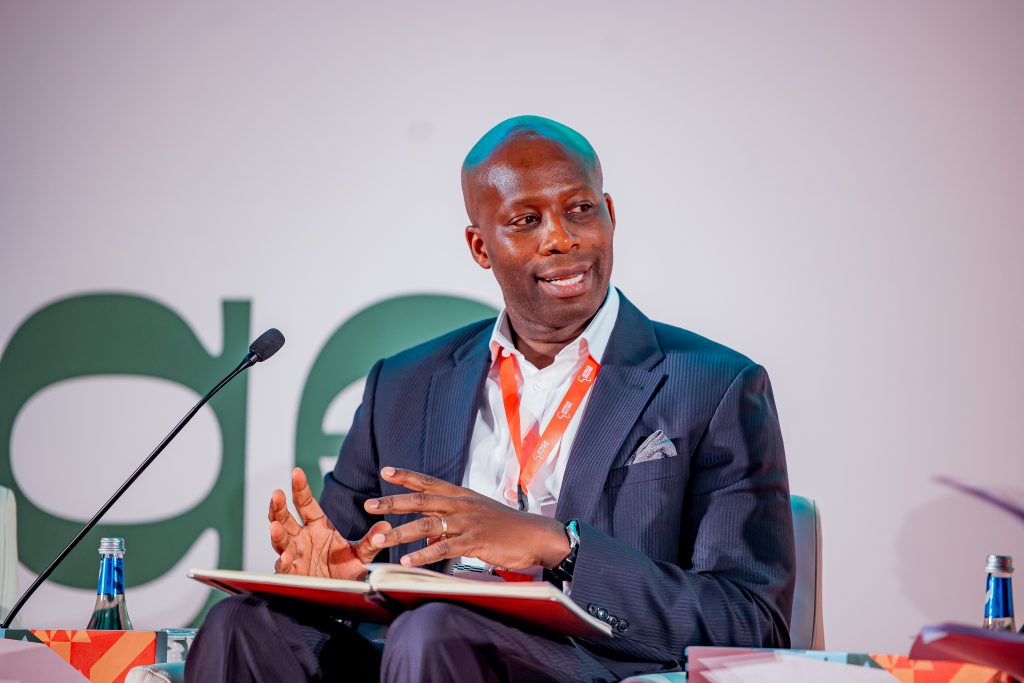
“One of the tools we have is blended finance, and we leverage the International Development Association (IDA) replenishment to stretch the available funds. However, a key challenge in Africa is the lack of investable projects. We are now working to create the projects themselves, partnering with institutions like the Rwanda Development Board to develop a Life Science Park, localizing pharmaceutical and vaccine production,” he explained.
A recent African Wealth Report revealed that while African governments struggle to fund healthcare, the continent’s private wealth is growing rapidly. By 2033, Africa’s investable private capital is expected to reach $2.5 trillion, with the number of millionaires projected to rise by 65%.
Despite this growing wealth, Dr Gerald Manthalu, a leading health financing expert in Malawi, emphasized the struggle to mobilize domestic resources effectively.
“We must make health financing catalytic. The private sector asks, ‘What’s in it for us?’ We need to strike a balance, ensuring investments are sustainable while also meeting national health priorities. In Malawi, for example, we’re working to open a cancer treatment centre. However, to run such a facility efficiently, we need to leverage private sector expertise alongside government efforts,” he stated.
The Reality of Health Spending in Africa
Consider the stark contrast in health spending per capita:
- The U.S. spends $14,000 per person per year on healthcare.
- Kenya spends $90 per person.
- Zambia spends a mere $40 per person.
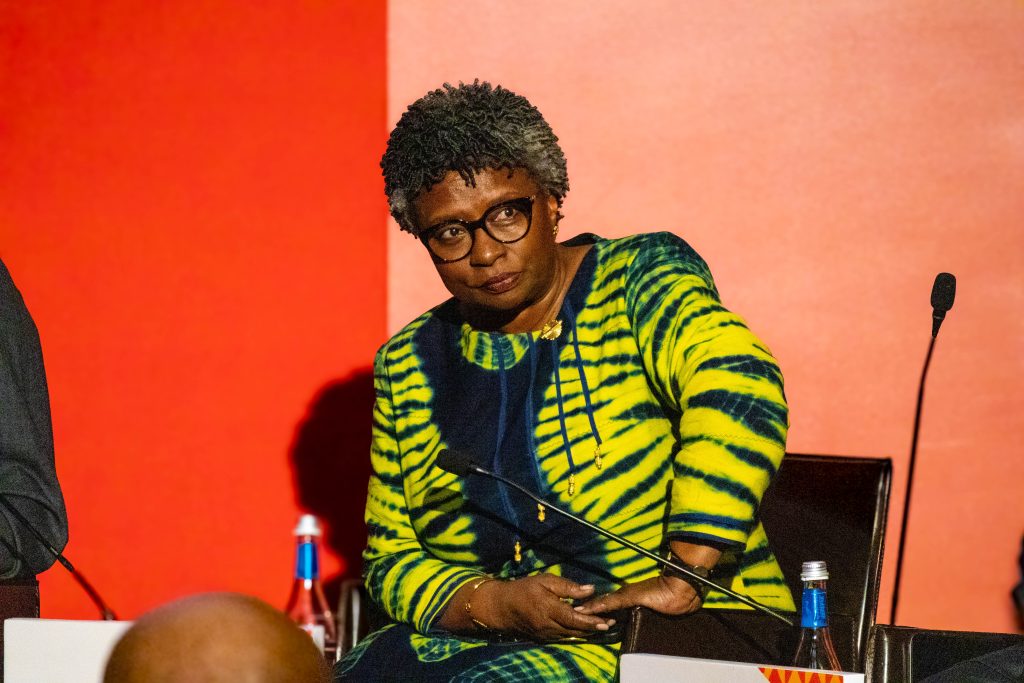
So far, only two African countries, South Africa and Cape Verde, allocate more than 15% of their national budgets to health. The rest lag behind, grappling with underfunded hospitals, inadequate medical supplies, and poor access to essential services.
According to Magda Rabalo, President and Founder of the Institute for Global Health and Development, the problem extends beyond finances; it’s also about mindset and strategy.
“Africa has little bargaining power because our voice is fragmented. Donors and international organizations must change the way they operate, but we must also rethink how we approach aid. We need to regulate our ecosystem, legislate properly, and create effective national health insurance schemes to pool out-of-pocket spending into meaningful coverage,” she argued.
Rabalo pointed to ongoing negotiations in Geneva around a pandemic accord as a learning moment.
“We need reforms beyond the health sector, especially in the financial system, to free up fiscal space for health investments. African health stakeholders must work closely with finance experts to push for these critical reforms,” she added.
There is need for rethinking Africa’s health investment models
The AHAIC 2025 discussions underscored an urgent need for an African-led transformation in health financing. Key insights from the panel discussion emphasized the importance of rethinking Africa’s health investment models to create a sustainable and equitable future.
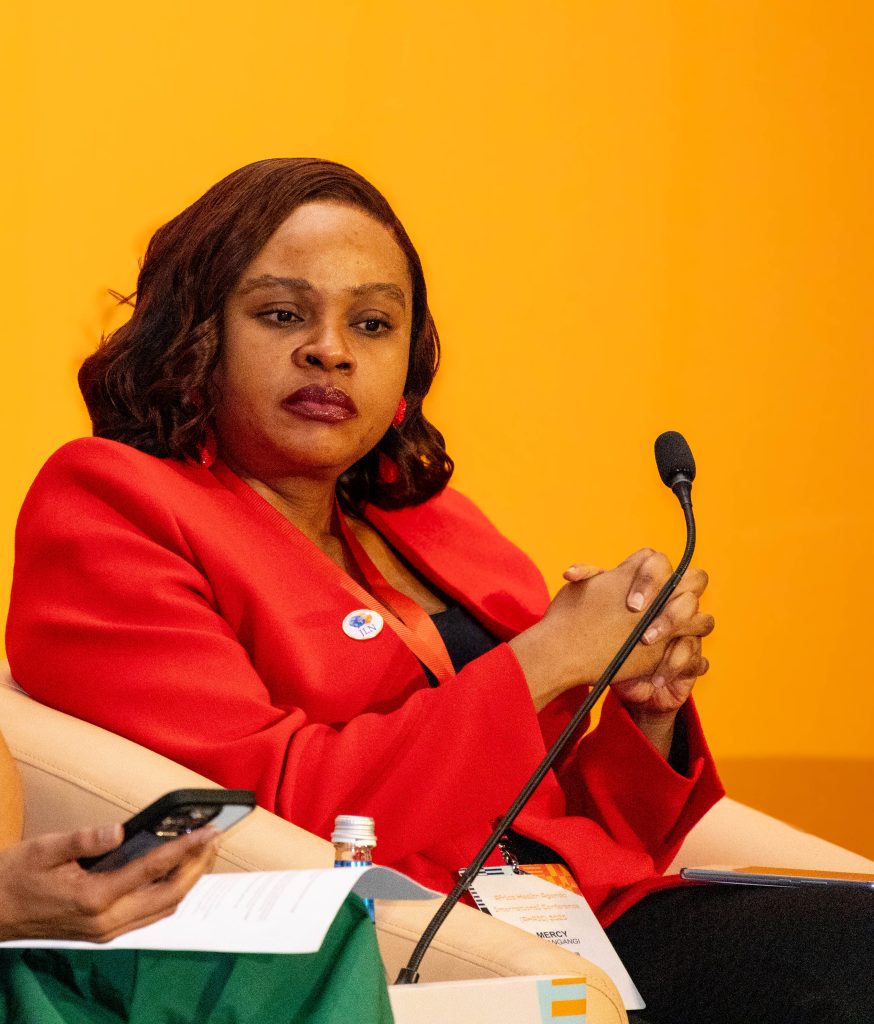
Dr Mercy Mwangangi, Senior Health Systems Strengthening Director at Amref Health Africa, emphasized a systems-wide approach arguing “We must move beyond donor dependency and take charge of our health priorities. This means investing in local pharmaceutical manufacturing, training healthcare workers, and strengthening regulatory frameworks. Rwanda’s approach to ecosystem-building is a great example.”
As Antoine pointed out, investments in infrastructure, policy reform, and human capital are critical as “Africa needs a whole-systems approach and must be willing to invest at critical moments to build a sustainable health ecosystem.”
While financing remains a major challenge, it is clear that Africa’s health crisis is not just about money; it is about strategy, leadership, and collective action.
To truly achieve “Health for All,” African nations must prioritize domestic health investments, foster private sector partnerships, and demand a greater say in global health financing decisions.
